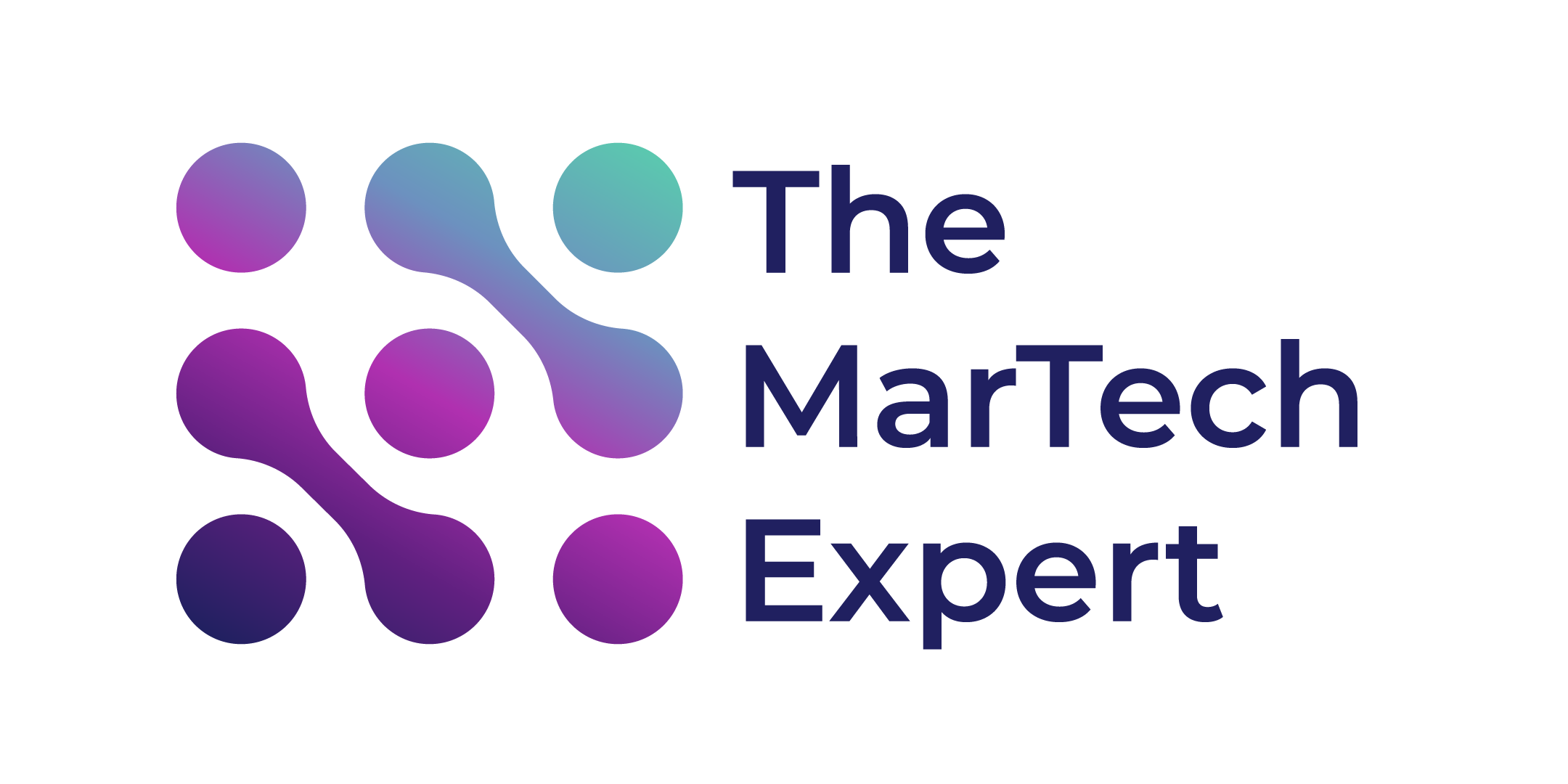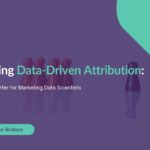If you’re in the Marketing Technology (aka MarTech) space, you’ve likely heard of Customer Data Platforms (CDPs) and Data Management Platforms (DMPs). Both CDPs and DMPs are powerful tools that can help businesses collect, manage, and make use of data. But which one is right for your business?
In this article, we’re going to discuss:
What is a CDP?
A CDP (Customer Data Platform) is a centralized system that collects and stores customer data from a variety of sources. The goal of a CDP is to provide businesses with a complete and unified view of their customers, so they can better understand and engage with them. For example, a retailer could use a CDP to collect data from their website, social media accounts, and point-of-sale systems to get a comprehensive view of their customers’ purchasing habits and preferences.
Here are the top 10 CDPs of 2022 according to G2:
- Insider
- Klaviyo
- Bloomreach
- Segment
- Emarsys
- Planhat
- Hightouch
- Totango
- Census
- Simon Data
What is a DMP?
A DMP (Data Management Platform) is a platform that helps businesses collect, organize, and activate data for targeted marketing campaigns. DMPs are often used by advertisers and marketers to collect data from various sources, such as websites and mobile apps, and use it to target ads to specific audiences. For example, an automotive company could use a DMP to collect data on car shoppers and target ads to people who have shown an interest in purchasing a new vehicle.
Here are the top 10 DMPs of 2022 according to G2:
- Lotame Audience Management
- Permutive
- Clearbit Data Activation Platform
- Simpli.fi
- Adobe Audience Manager
- Oracle Data Cloud
- SAS/ACCESS® 9.4 Interface to PC Files
- Nielsen DMP
- Roku OneView (formerly Dataxu)
- Google Audience Center
Choosing between a CDP and a DMP
So, now, let’s answer the question you are waiting for: Which one is right for your business?
(Drum Roll please)
It really depends on your goals and needs. If you’re looking to get a complete and unified view of your customers, a CDP may be the way to go. But if you’re mainly interested in collecting and activating data for targeted marketing campaigns, a DMP may be a better fit.
 Here are a 4 things to consider when deciding between a CDP and a DMP:
Here are a 4 things to consider when deciding between a CDP and a DMP:
1. Your business goals:
What do you hope to achieve with your data? If you want to get a complete picture of your customers, a CDP may be the way to go. If you’re mainly interested in targeted marketing, a DMP may be a better fit.
2. The type of data you want to collect:
CDPs are designed to collect a wide range of customer data, while DMPs are typically used to collect data for targeted marketing campaigns.
3. Your budget:
CDPs and DMPs can be expensive, and the cost will vary depending on the features and capabilities you need. Be sure to consider your budget when deciding which platform is right for you.
4. Your technical expertise:
Both CDPs and DMPs can be complex to set up and manage. Be sure to consider your team’s technical expertise when deciding which platform is right for you.
In conclusion, CDPs and DMPs are both powerful tools that can help businesses collect, manage, and make use of data. The right platform for your business will depend on your goals, the type of data you want to collect, your budget, and your technical expertise. By considering these factors, you can choose the platform that best meets your needs.
Samaher is a MarTech professional with a strong background in marketing data analytics, marketing automation, email marketing, and paid ads. She has successfully helped companies such as Advyteam, Acredius, and Keyrus achieve their marketing goals through her analytical approach and strategic thinking.














